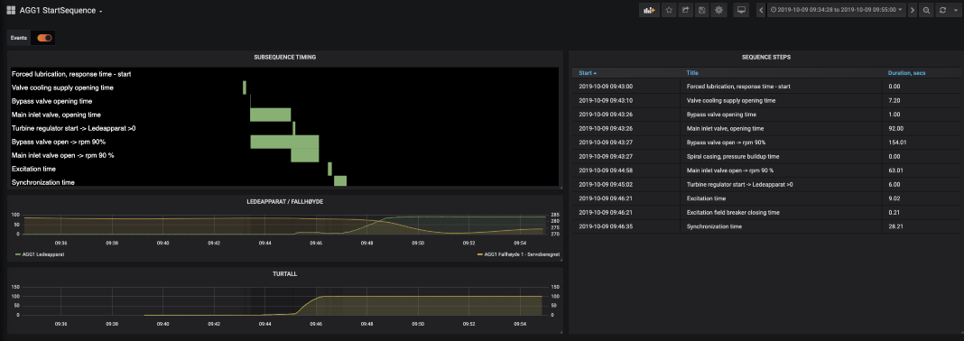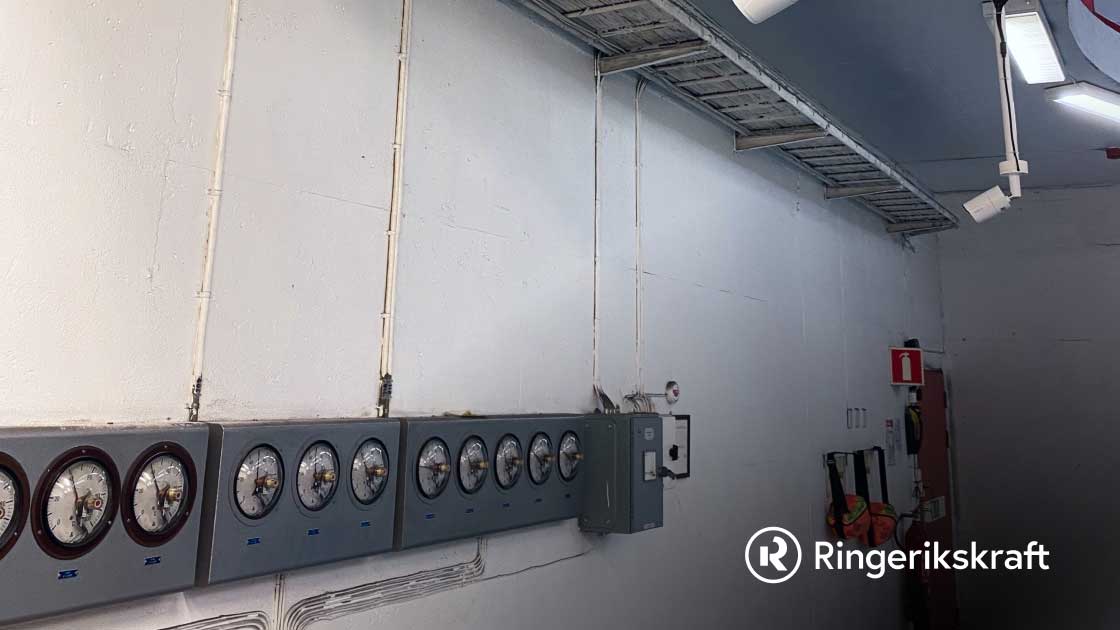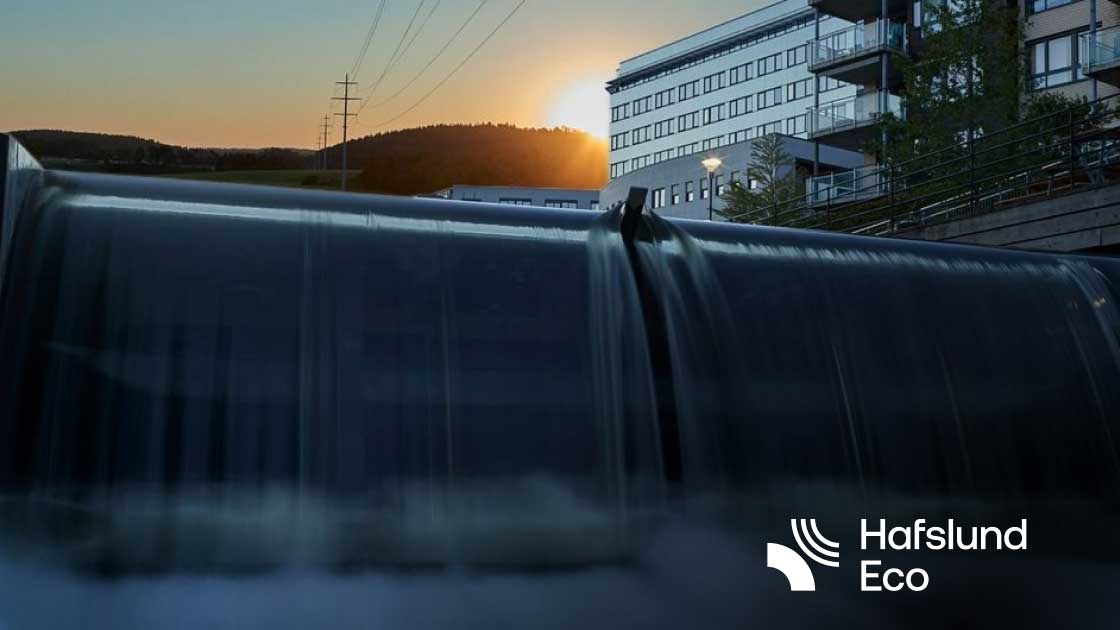Hafslund Eco used Industrial DataOps software provided by Cognite, including Cognite Data Fusion®, to optimize the start-up sequence of the turbines at one of the company's hydroelectric plants.
The solution will generate significant savings for Hafslund Eco by avoiding downtime.
Challenge
Efficiently start and stop production
The demand for power fluctuates during the course of a normal day. It bottoms out during the early morning hours, then begins to climb as people wake up and go about their day. After a brief dip following lunch, the demand reaches its highest point in the late afternoon as people return home, before it slowly tapers off as the evening turns into night.
Grid operators need to find the power sources to cover this demand on a daily basis. Scandinavian utilities, for example, trade power on the regional exchange market Nord Pool. The presence of multiple power generation sources such as hydro, wind, coal, and nuclear brings challenges for all the players. In order to ensure that demand for electricity is met at any given time of the day, utility companies are often required to suddenly ramp up or ramp down production.
This presents a major opportunity to companies that can efficiently start and stop their production, such as Hafslund Eco, Norway’s second largest power generation company.
At many hydroelectric power stations, including Hafslund Eco’s in Nes, Norway, the start-stop sequence consists of about 10 steps, which may include checking auxiliary systems, different opening and closing processes, and breaker and generator procedures.
Different alarms may appear during each step of the sequence, but it is not always clear to the engineers which step triggered an alarm. Since an alarm may stop the entire sequence and prevent the turbine from starting, more information about the process would help the power station engineers be more aware of and optimize the process and avoid revenue loss.

Solution
Live streaming sensor values and alarms
Hafslund Eco and Cognite’s developers enabled live streaming of sensor values and alarms from the utility company’s control system into Cognite Data Fusion®.
The development team, together with Hafslund Eco’s domain experts, then created a dashboard in Grafana that tracks the duration of each step of the start-stop sequence, displays relevant sensor values, and categorizes unsuccessful attempts, among other information.
The dashboard notifies Hafslund Eco’s personnel immediately about alarms and lets them quickly look up how the plant is performing at any time.
It also enables closer monitoring and analysis. For example, the dashboard may log that the typical opening time for the main inlet valve is 10 seconds. Over time, if that subprocess begins to take longer, the dashboard will flag the issue, suggesting that the valve system should be scheduled for maintenance.
Impact
Increased uptime and less revenue loss thanks to data
The dashboard helps Hafslund Eco’s engineers troubleshoot alarms faster and take action to prevent those alarms from interrupting the start-up sequence in the future, resulting in improved uptime.
For every hour that Hafslund Eco avoids downtime at the Nes power plant, which has a production capacity of 250 MW, they also avoid revenue loss.


